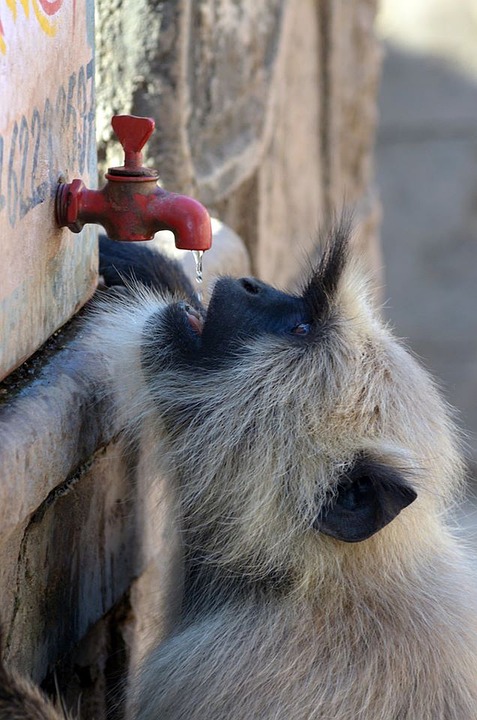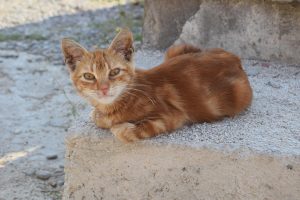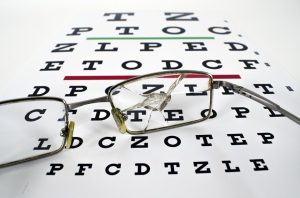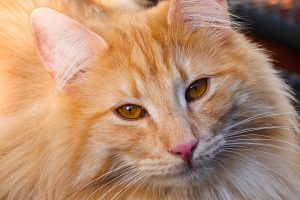
As a new cat owner, ensuring your feline friend’s hydration is critical to their overall health and well-being. Cats, by nature, are not always the best at drinking water, which can lead to various health issues such as kidney disease or urinary tract infections. This comprehensive guide will provide you with actionable steps and tips to ensure your cat stays properly hydrated.
Understanding Feline Hydration Needs
Cats are descendants of desert animals, which means they have adapted to get most of their hydration from the food they consume. However, with dry commercial kibble being a common diet for many domestic cats, ensuring they drink enough water is vital.
Signs of Dehydration in Cats
Recognizing the signs of dehydration can help you take action quickly. Look for these symptoms:
- Lethargy or decreased energy levels
- Dry mouth or sticky gums
- Sunken eyes
- Decreased skin elasticity (slow skin tenting when pinched)
- Loss of appetite
- Infrequent urination
Tips for Ensuring Proper Hydration
Provide Fresh Water Daily
Ensure that your cat has access to fresh, clean water at all times. Change the water at least once a day and clean the bowl to prevent any bacteria build-up that might deter your cat from drinking.
Invest in a Water Fountain
Cats are often attracted to running water. A cat water fountain can encourage them to drink more regularly. These fountains keep the water fresh and can be more appealing than a stagnant bowl.
Experiment with Different Bowls
Cats can be particular about their water bowls. Try different materials like stainless steel, ceramic, or glass to find which one your cat prefers. Be sure to avoid plastic bowls as they can harbor bacteria and cause feline acne.
Strategically Place Water Bowls
Place multiple water bowls around your home, especially in areas where your cat spends the most time. This increases the likelihood that they will stop to take a drink.
Wet Food is Your Friend
Incorporate wet cat food into your cat’s diet. Wet food contains a higher moisture content than dry kibble, which can significantly contribute to your cat’s daily water intake. If your cat primarily eats dry food, consider mixing it with wet food to boost hydration.
Broth and Water Additives
If your cat is reluctant to drink water, try adding low-sodium chicken or beef broth to their water. This can make the water more enticing. Be cautious and ensure that the broth does not contain onions, garlic, or other ingredients harmful to cats.
Creating a Hydration-Friendly Environment
Maintain a Comfortable Environment
Ensure your home is at a comfortable temperature as excessive heat can lead to dehydration. During hot weather, keep your home cool and provide shaded areas for your cat to rest.
Monitor Your Cat’s Water Intake
Keep track of how much water your cat is drinking. This can help you identify any changes in their drinking habits, which might indicate health issues. If you notice a significant decrease in water intake, consult your veterinarian.
When to See a Veterinarian
If you suspect your cat is dehydrated despite following these tips, or if they exhibit severe symptoms like vomiting, diarrhea, or lethargy, it’s crucial to seek veterinary care immediately. Dehydration can be a sign of underlying health issues that need prompt attention.
Conclusion
Ensuring your cat remains hydrated is an essential aspect of their care routine. By providing fresh water, incorporating wet food, and creating a cat-friendly environment, you can help your feline companion thrive. Always pay attention to their behavior and health, and consult a veterinarian if you have concerns. With these tips, you’ll be well-equipped to keep your new feline friend healthy and hydrated.
#ChatGPT assisted in the creation of this article.







